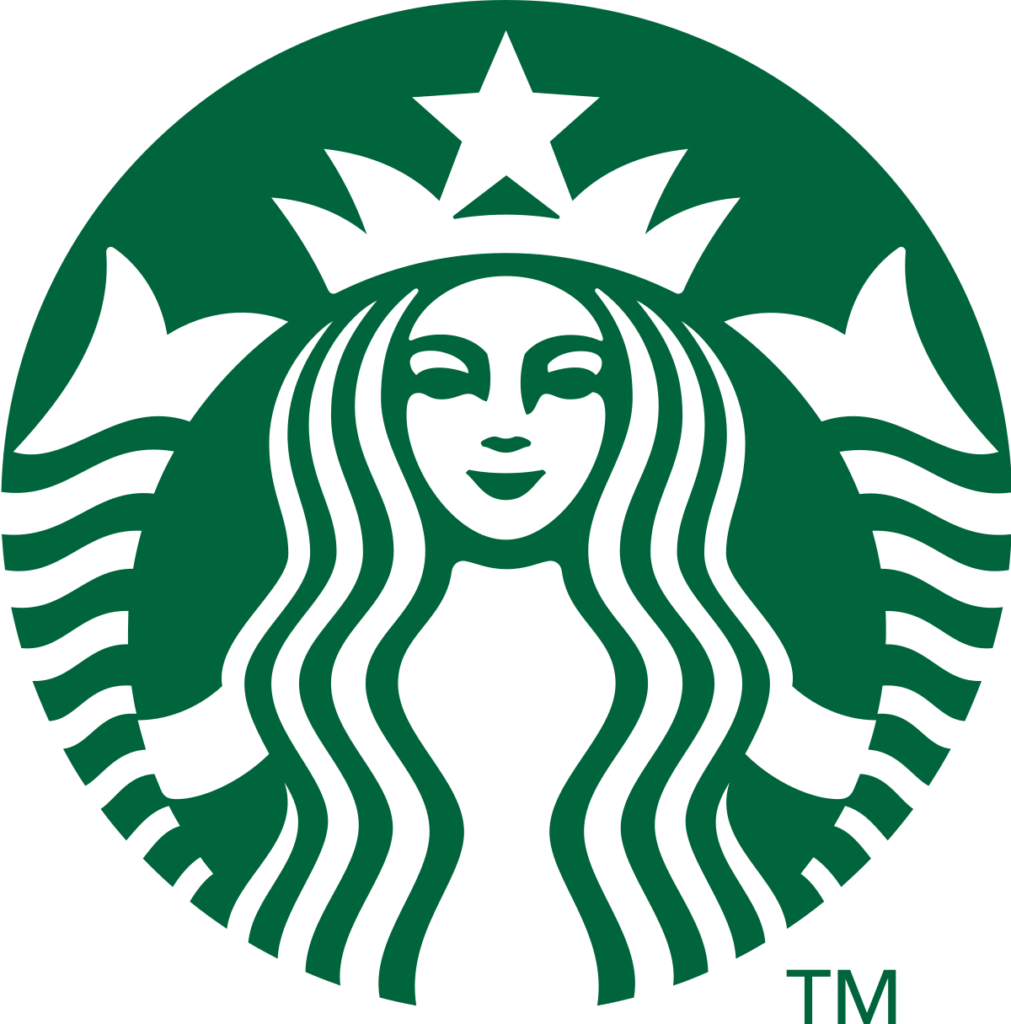Article's Content
“Should we invest in more branding?”
I can’t tell you how many times I’ve been involved in a discussion where the goal was to determine whether a company should invest in its own branding—weighing the pros and cons of spending money to tell their brand story.
Any of these arguments sound familiar to you?
- “Getting demos is the focus. The days of making brand videos are gone.”
- “Customers don’t notice branding as much today.”
- “Customers are too busy to make a real connection with a brand today.”
As technology continues to deliver more innovative ways to communicate with customers, some marketers believe branding—or should I say traditional branding—is dead.
I’ve been involved in an equal number of discussions about whether digital tactics can be effective in nurturing customer relationships.
The arguments I hear go something like…
- “Digital tactics are too transactional.”
- “Digital tactics don’t tell an emotional story.”
- “Digital tactics focus on data and not building customer relationships.”

It’s been my experience that marketers are either focused on branding OR on all things digital.
In this post, I’m going to share my perspective on how digital marketing tactics actually support branding efforts and can help make your company’s brand experience better for customers.
Branding Builds Personal Relationships
To make sure we are all on the same page, let’s start with the difference between a brand and branding.
The difference between your “brand” and “branding”
Your brand is kind of like a promise you’re making to your customers—so what does that mean, anyway? Some marketers use the words “brand” and “logo design” interchangeably, but that’s not what I’m talking about. I’m referring to the promise that is communicated through tangible and intangible interactions with your customers.
A good example is Starbucks. Their branding communicates their promise to help people and communities “one cup at a time.” It’s clear they are doing more than selling coffee. That’s their brand, communicated through branding like this:

![]()
Branding is all the ways you demonstrate that your brand promise is true. Branding is how you communicate who you are. It’s what shapes how customers perceive you. This can live in many aspects of your communication from your logo design to the content created on your website.
Traditionally, branding was considered an emotional, 60-second television spot that was then translated to billboards, transit shelters, newspapers—all delivering versions of the same message. Today, branding includes much more than one message, it’s a collection of micro-brand messages that help your customers build a relevant perception of your brand. It may show up in a unique onboarding experience or a customized approach to deploying a new product.
Great Branding Will Differentiate Your Company
B2B companies have fierce competition—it seems like more SaaS startups are popping up daily. You can’t differentiate your brand from your competitors’ with product features alone, and one message repeated over and over isn’t going to do the trick either.
You have to build a reputation that will attract customers.
The best way to do this is to ensure your brand promise is delivered at every touchpoint in the customer experience.
See, branding is not dead—it’s just become more personalized than ever. Brands are not skipping out on lavish brand videos because “branding doesn’t matter” but because technology is allowing them to create a much more personalized brand experience.
Brands can customize messages, make product suggestions, and build 1:1 relationships with customers on a larger scale than ever before. In fact, 91% of consumers say they’re more likely to buy from brands that provide tailored offers and recommendations.
And who wouldn’t want to do that? Personalized messages work better than one big message that’s somehow supposed to connect with millions of individuals who have different needs and preferences.
Branding Can Accelerate Growth
B2B brands are chasing growth, and one of the strategies to accomplish this is hiring a growth marketer.
A growth marketer is someone whose job is to continuously deploy new growth tactics until the right one makes all the numbers point up. Branding should be the number one tactic on every growth marketer’s list, but don’t just take my word for it—according to Clutch, successful B2B branding can lead to 31% higher growth revenue.

B2B companies that achieve an increase in revenue through successful branding understand the value of research. They are set up to continuously collect customer feedback, analyze them using customer feedback analytics tool, observe industry trends, and keep an eye on competitors.
This is known as content marketing research. You might be thinking, “Wait, we’re talking about content? Shouldn’t it be something bigger—maybe a brand analysis or brand-specific research?” Honestly, it doesn’t need to be. It’s not that brand analysis is not valuable, but content marketing research is becoming all-encompassing, especially for B2B SaaS companies whose customers first come into contact with the brand by reading online content.
Companies that are great at content marketing research ensure that it’s fueling internal discussions 24/7. This continuous access to customers’ needs, feelings and challenges allows these companies to prepare messaging that’s more relevant and timely than ever before.
See, digital tactics are not focused on data instead of relationship-building—digital tactics are focused on data that will improve relationship-building.
When data collection is linked to the customer experience and the company’s marketing tactics, the brand can personalize its communications to customers, thus creating a positive brand experience.
And you guessed it: A positive brand experience attracts more customers—aka growth.

Let’s Recap
Branding is not dead because of transactional digital tactics. In fact, it’s been elevated because of these tactics.
Digital tactics enable branding to connect, to be personalized, and to solve micro-problems for customers.
Branding will continue to evolve and become even more granular, but it will never go away. Customers—that is, humans—crave relationships and connections that go far beyond fulfilling a need. Customers want to know who, why, and how things are done so they can relate on a personal level. So don’t skimp on that branding convo. And if you need more fuel for your branding, start persona-fying your customers and mapping out their customer journey—in doing so, you will find a rich path of branding opportunities.








